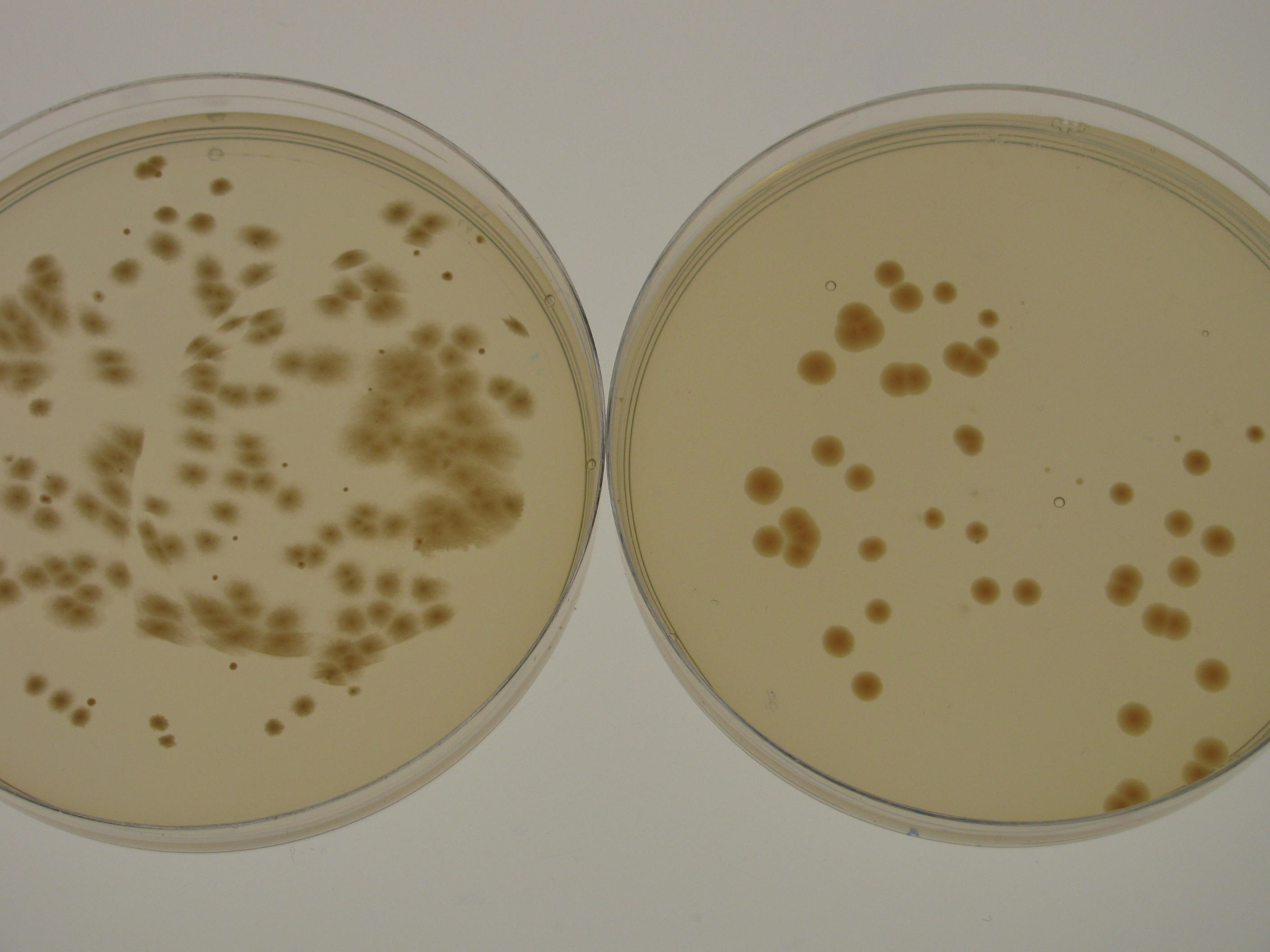Part:BBa_K1321306
Komagataeibacter rhaeticus iGEM
Gluconacetobacter xylinus is a obligate aerobe Gram negative cellulose-producing bacterial species. Imperial iGEM 2014 team isolated a strain of G.xylinus (named G. xylinus KI for Kombucha Isolate) from the Kombucha tea seed culture (Kombucha tea seed culture is a mixture of yeast, G.xylinus and other organisms, and is used to make the increasingly popular Kombucha tea). G. xylinus KI produces cellulose readily on different carbon feedstocks. Although G. xylinus KI does not produce as high amounts of cellulose as G. xylinus ATCC 53582 (see cellulose productivity on different feedstocks), it is more amenable to genetic engineering and testing of genetic constructs.
Cellulose production and morphology
G.xylinus KI genome sequence
G.xylinus strain KI genome was sequenced as a part of Imperial 2014 iGEM project. The genome is about 3.5Mbp in size, with a GC content of about 60%.
Culturing G. xylinus KI
G.xylinus ATCC KI growth rate varies depending on the culturing conditions. Growth rate is highest when G.xylinus is cultured at 30degC, 180rpm shaking in a well-aerated setting. However, in shaking conditions, the prevalence of cellulose non-producing mutants (cel- mutants) increases, which causes a decrease in the total yield of produced cellulose. For this reason, when high cellulose production is required, G.xylinus is often grown in static conditions, at 30degC, in a well-aerated setting. In shaking cultures, KI strain reaches stationary phase in 48-72 hours, whereas in static cultures, depending on the volume of the medium, it can take up to 15 days. When grown on HS-agar plates at 30degC, cellulose-producing colonies become visible within 48-72 hours, cel- mutant colonies between 24 and 48 hours. Cellulose producing colonies can be distinguished from cel- mutants by colony morphology: cel+ have a rough colony morphology, whereas cel- mutants have a smooth colony morphology (see Figure 1). The most commonly used medium for G.xylinum culturing is Hestrin-Schramm (HS) medium. HS medium contains the following components (for a full protocol for G.xylinus culturing, see G.xylinus culturing on [http://2014.igem.org/Team:Imperial/Protocols Imperial 2014 wiki]: 2% (w/v) glucose 0.5% (w/v) yeast extract 0.5% (w/v) peptone 0.27% (w/v) Na2HPO4 0.15% (w/v) citric acid

Cellulose productivity of G.xylinus KI
G.xylinus KI cellulose productivity depends strongly on the carbon feedsource used. In HS-glucose media, grown for 7 days at 30degC standing using 50ml HS medium in 250ml conical flasks (sealed with foam buns), cellulose productivity is approximately one fourth of that of ATCC 53582 strain (see Figure 1 for comparison of ATCC53582 and KI strains and experimental details). However, cellulose productivity is increased in HS-glycerol media and HS-sucrose media (see Feedstocks for G.xylinus KI).
Feedstocks for G.xylinus KI
G.xylinus is commonly grown on HS-glucose. However, it can readily use other carbon feedstocks, including sucrose and glycerol. have found that KI cellulose productivity is highest when grown on glycerol, and higher than ATCC 53582 when grown on sucrose (see Figure 2.)
Natural antibiotics resistance of G.xylinus KI
See Figure 3.
Sequence and Features
- 10COMPATIBLE WITH RFC[10]
- 12COMPATIBLE WITH RFC[12]
- 21COMPATIBLE WITH RFC[21]
- 23COMPATIBLE WITH RFC[23]
- 25COMPATIBLE WITH RFC[25]
- 1000COMPATIBLE WITH RFC[1000]
| None |
